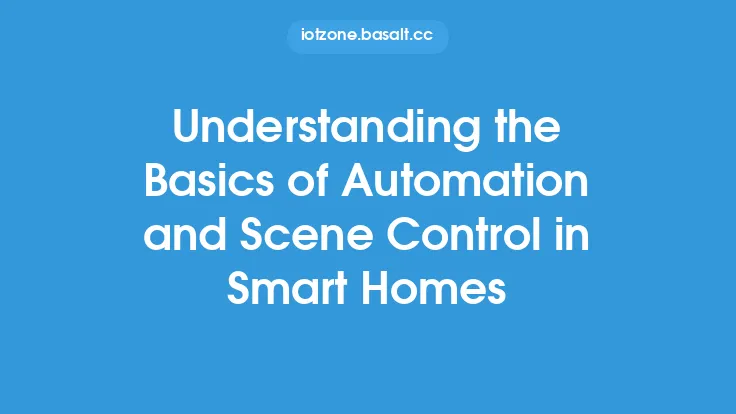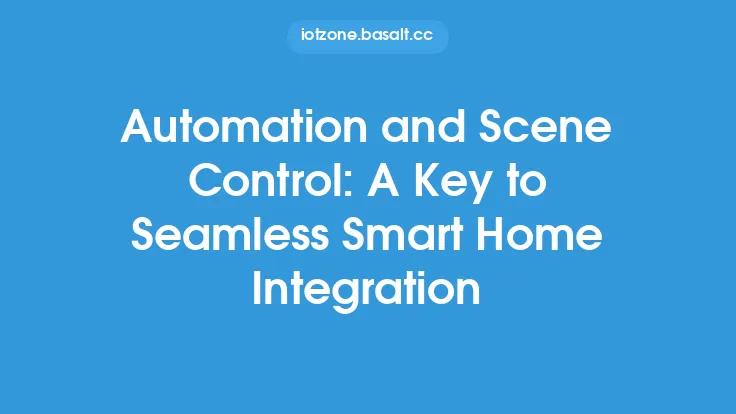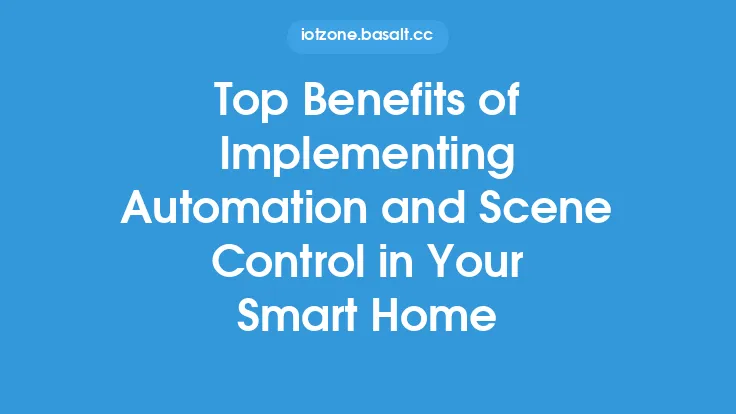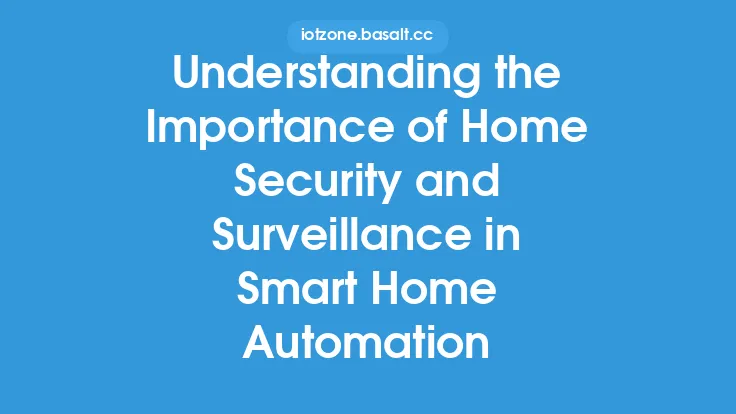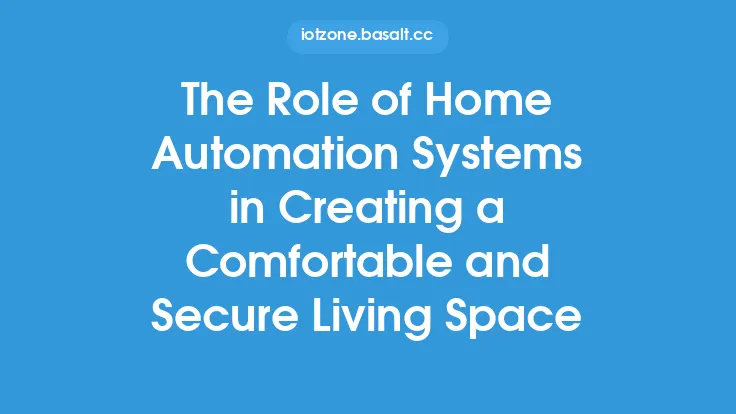Creating a convenient smart home environment is a goal for many homeowners, and automation and scene control are essential components in achieving this objective. A smart home is a dwelling that incorporates advanced technology to provide its occupants with a high level of convenience, comfort, and security. At the heart of a smart home is a network of devices, systems, and sensors that work together to automate various tasks and provide a seamless user experience. Automation and scene control are critical aspects of smart home technology, enabling homeowners to control and customize their living space with ease.
Introduction to Automation
Automation refers to the use of technology to control and monitor various devices and systems in a smart home. This can include lighting, temperature, security, entertainment, and other systems. Automation allows homeowners to program their devices to perform specific tasks at set times or in response to certain events. For example, a homeowner can program their lights to turn on and off at specific times, or to adjust the temperature in their home based on the time of day or the outside weather. Automation can be achieved through various means, including voice commands, smartphone apps, and physical interfaces such as touchscreens or remote controls.
Understanding Scene Control
Scene control is a related concept that involves creating customized scenarios or "scenes" that can be activated with a single command. A scene can include a combination of lighting, temperature, and entertainment settings that are designed to create a specific atmosphere or ambiance. For example, a homeowner can create a "movie night" scene that dims the lights, adjusts the temperature, and turns on the TV and sound system. Scene control allows homeowners to easily switch between different scenes, creating a convenient and personalized living experience.
Technical Aspects of Automation and Scene Control
From a technical perspective, automation and scene control rely on a range of technologies, including wireless communication protocols, device controllers, and software platforms. Wireless communication protocols such as Zigbee, Z-Wave, and Bluetooth allow devices to communicate with each other and with a central controller or hub. Device controllers, such as smart plugs and smart thermostats, enable homeowners to control specific devices remotely. Software platforms, such as smart home operating systems, provide a user interface and a framework for automating and controlling devices.
Benefits of Automation and Scene Control
The benefits of automation and scene control are numerous. They can enhance the convenience, comfort, and security of a smart home, while also providing energy efficiency and cost savings. Automation and scene control can also improve the overall user experience, allowing homeowners to customize their living space to suit their preferences and lifestyle. Additionally, automation and scene control can provide a range of safety and security features, such as automated lighting and alarm systems, which can deter intruders and provide peace of mind.
Implementation and Integration
Implementing automation and scene control in a smart home requires careful planning and integration. Homeowners need to consider the types of devices and systems they want to automate, as well as the communication protocols and software platforms that will be used. Integration with other smart home devices and systems is also critical, ensuring that all devices work seamlessly together. Professional installation may be necessary for complex systems, but many smart home devices and systems can be installed and configured by homeowners themselves.
Best Practices for Automation and Scene Control
To get the most out of automation and scene control, homeowners should follow best practices such as starting with a clear plan and objectives, choosing devices and systems that are compatible and integrate well, and testing and refining their automation and scene control settings. Regular software updates and maintenance are also essential to ensure that devices and systems continue to function correctly and securely. Additionally, homeowners should consider factors such as energy efficiency, safety, and security when designing and implementing their automation and scene control systems.
Future Developments and Trends
The future of automation and scene control is exciting, with ongoing advancements in technologies such as artificial intelligence, machine learning, and the Internet of Things (IoT). These developments are expected to enable even more sophisticated and personalized automation and scene control capabilities, such as predictive automation and voice-controlled interfaces. As smart home technology continues to evolve, we can expect to see even more innovative and convenient automation and scene control solutions that enhance the living experience and provide a high level of comfort, convenience, and security.
Conclusion
In conclusion, automation and scene control are essential components of a smart home, providing a convenient, comfortable, and secure living environment. By understanding the technical aspects of automation and scene control, and following best practices for implementation and integration, homeowners can create a personalized and automated living space that meets their needs and enhances their lifestyle. As smart home technology continues to evolve, we can expect to see even more exciting developments and innovations in automation and scene control, further enhancing the smart home experience.
